Finding out where you are in the world is done by a combination of Latitude and Longitude.
Latitude is your position above and below the equator. this is easy to calculate by measuring your angle to the sun, and doing some math with tables that tell you what angle you should get depending on the time of year.
Longitude, which is how far around the world you are is more problematic. since the world is round, there are 360 degrees of longitude – this means every hour is 15 degrees of longitude. if you Know your local time, and you know the time at 0, you can figure out how far away your are. that catch if figuring out the time at 0.
in 1612, Galileo figured out that the orbits of the moons of Jupiter could be used to keep time – however, the calculations were complex, and required a stable platform for observation. In 1714, the British parliament passed the longitude act. the act offered a large reward to the first person to demonstrate a practical method of finding longitude on a ship. Enter John Harrison.
Harrison was an amateur clock maker, who went on to build 4 ever improving marine chronometers over the span of 40 years. While reliable clocks existed on land – varying temperature, humidity, and motion of a ship made those devices unsuitable.

H1 was planed in 1730. Harrison sought funding from Halley (of Halley’s Comet fame) who was the Astronomer royal in Greenwich, but was refereed to George Graham, who agreed to fund it. five years later H1 was completed. the Sea clock worked, and the board of longitude funded its further development.
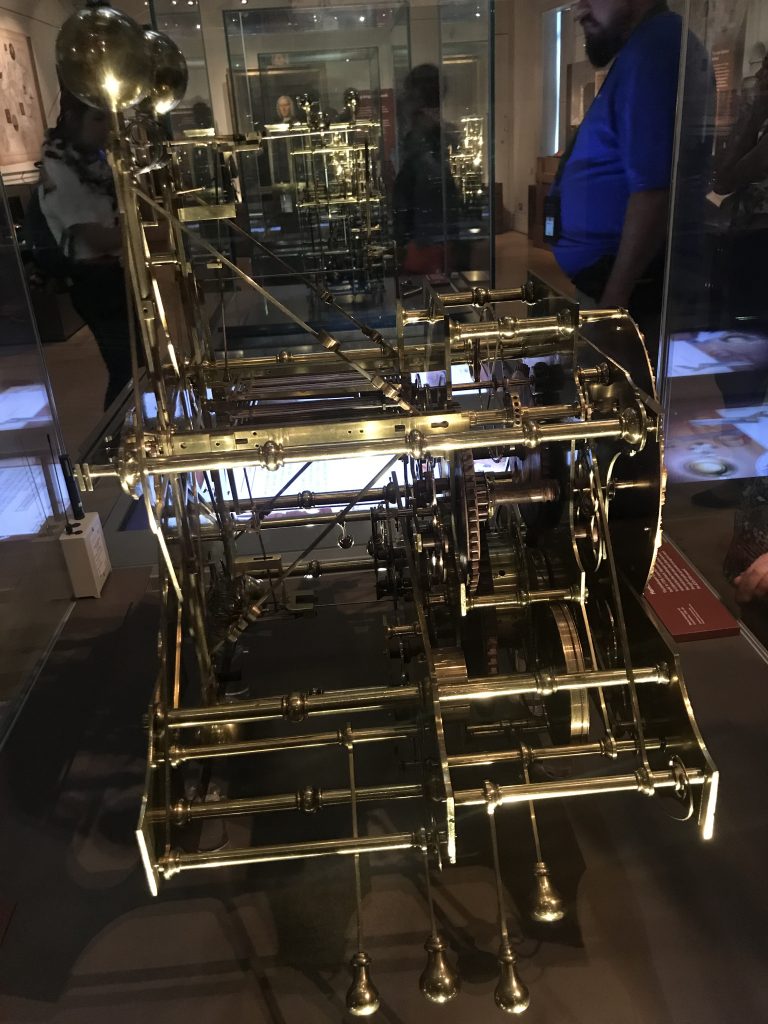
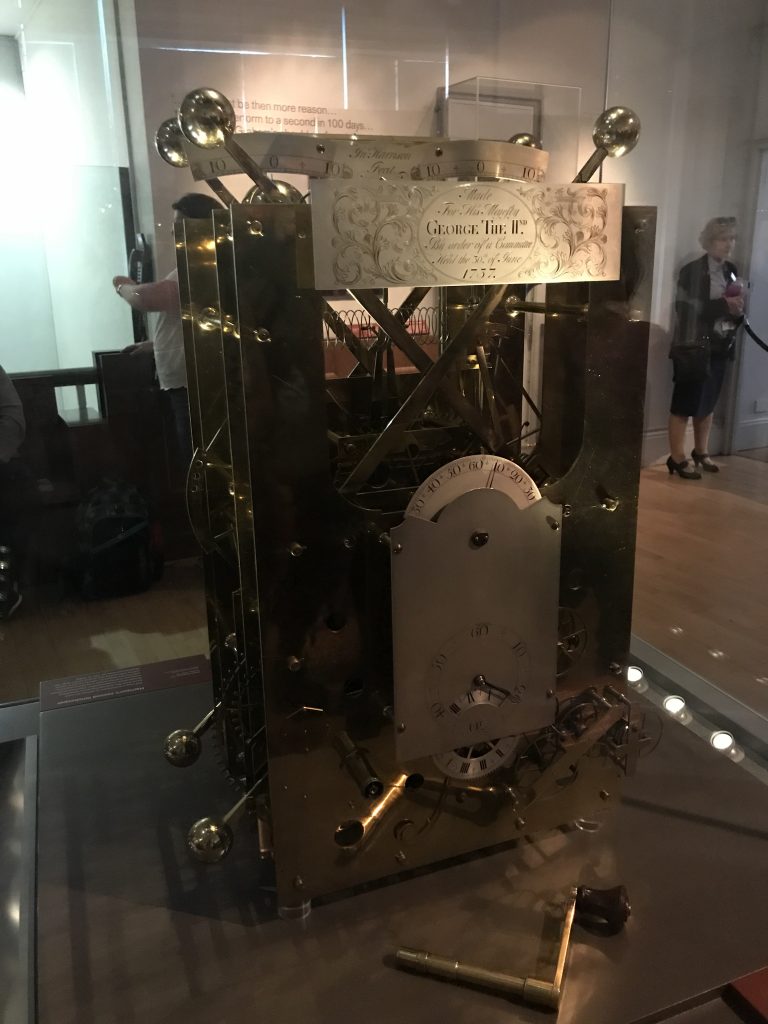
H2 was ready for testing at sea in 1741. With the country at war with Spain, the Chronometer was deemed to risky to put to sea, and Harrison himself discovered an issue with the balances, where they could be affected by the motion of a ship. H2 was abandoned.
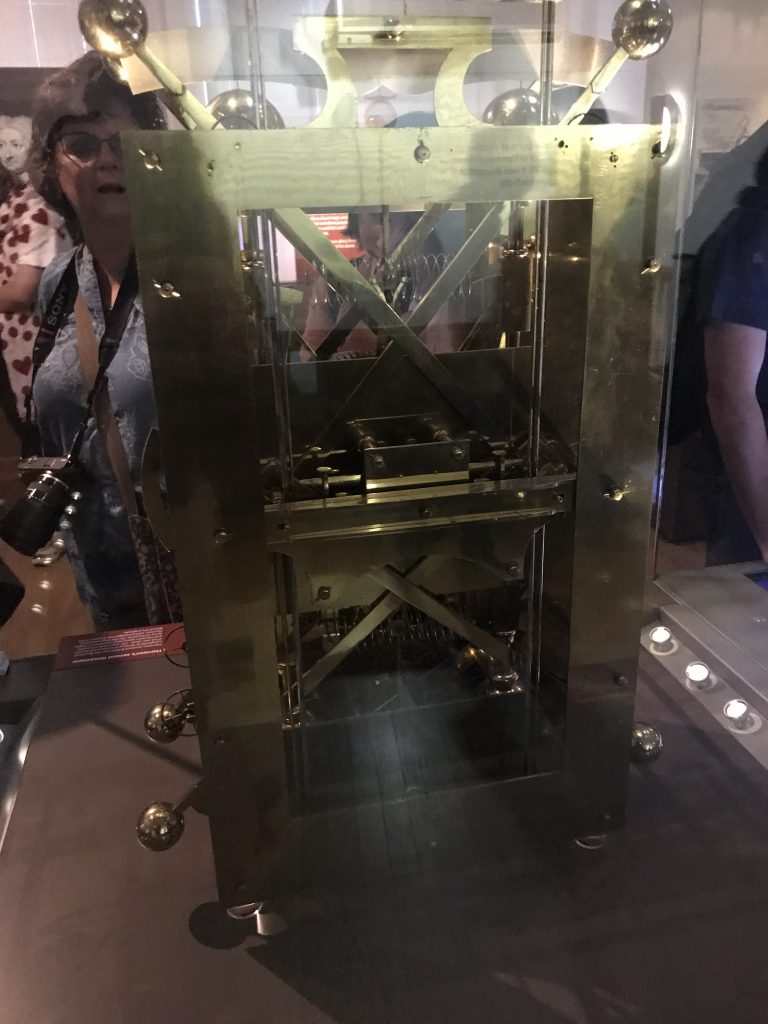

Harrison received further funding from the Longitude board, and produced the H3. H3 replaced the bar balances with circular balances, and took 17 years to develop.
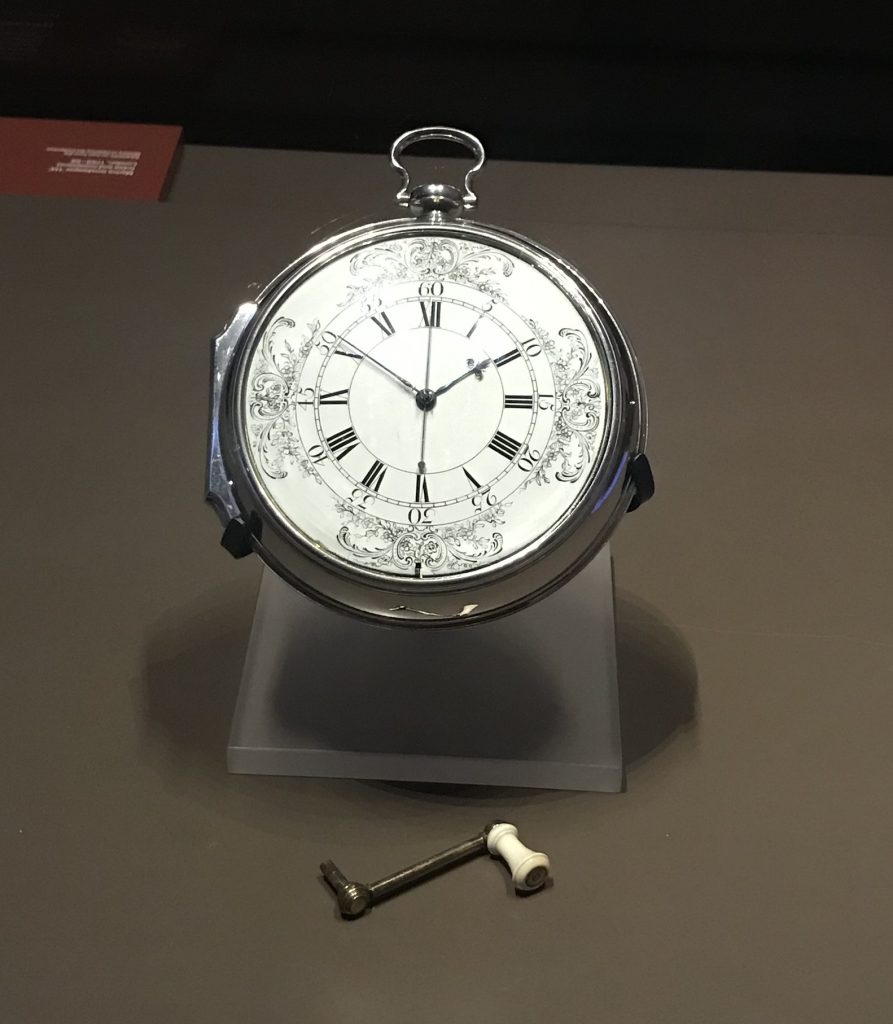
H4 was the the result in a change of thinking on the part of Harrison. he realized that reliable accurate watches existed, and worked to refine and improve them. Sea Watch 1, or H4, took 6 years to build, and is 13cm in diameter. it was trialed on a trip to Kingston Jamaica in 1761, and was found to accurate to one nautical mile after an 81 day voyage.
Harrison turned over the design, and it was duplicated. Cook took the K1, a copy of H4 built by Larcum Kendall on his second and third voyages. K2 was used by Bligh on the bounty, and was kept by the mutineers. it was recovered in 1808.
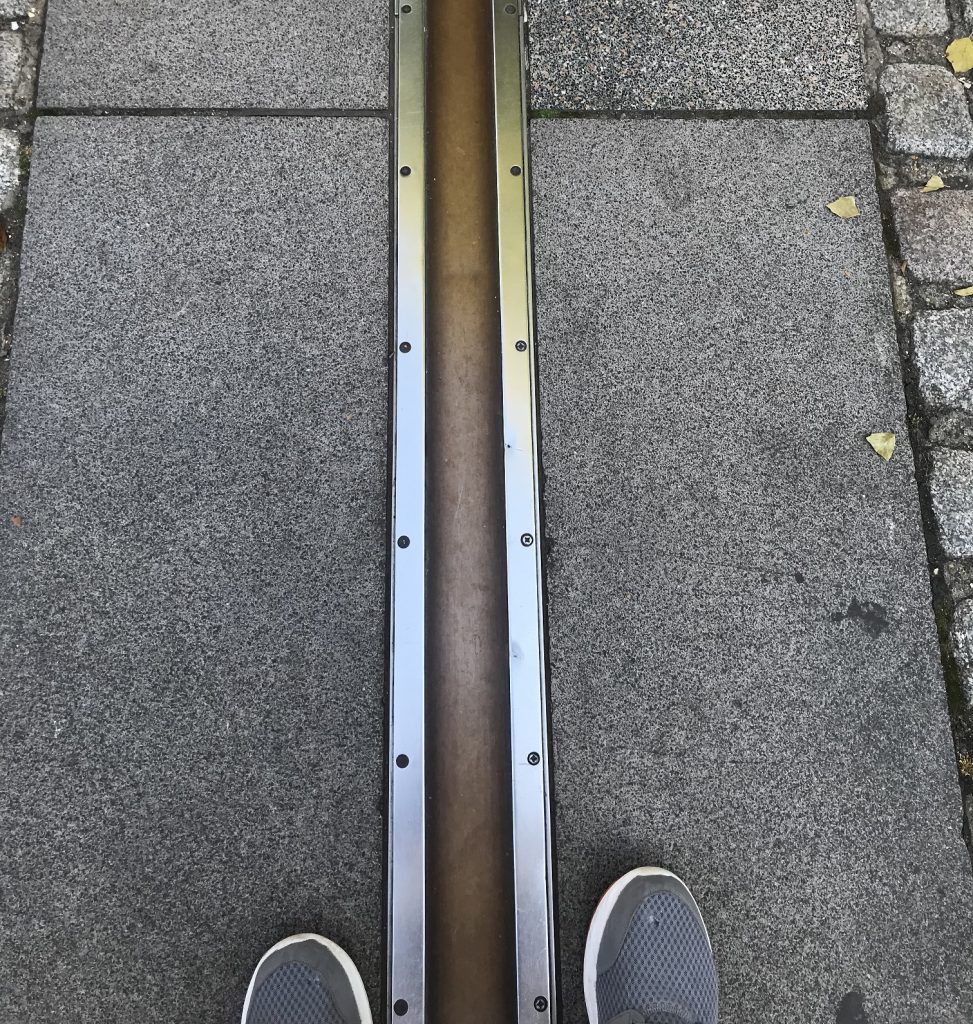
the clocks are housed at the Royal Observatory in Greenwich, Home to the Prime Meridian, 0 degrees Longitude. Its marked on a line on the ground.
